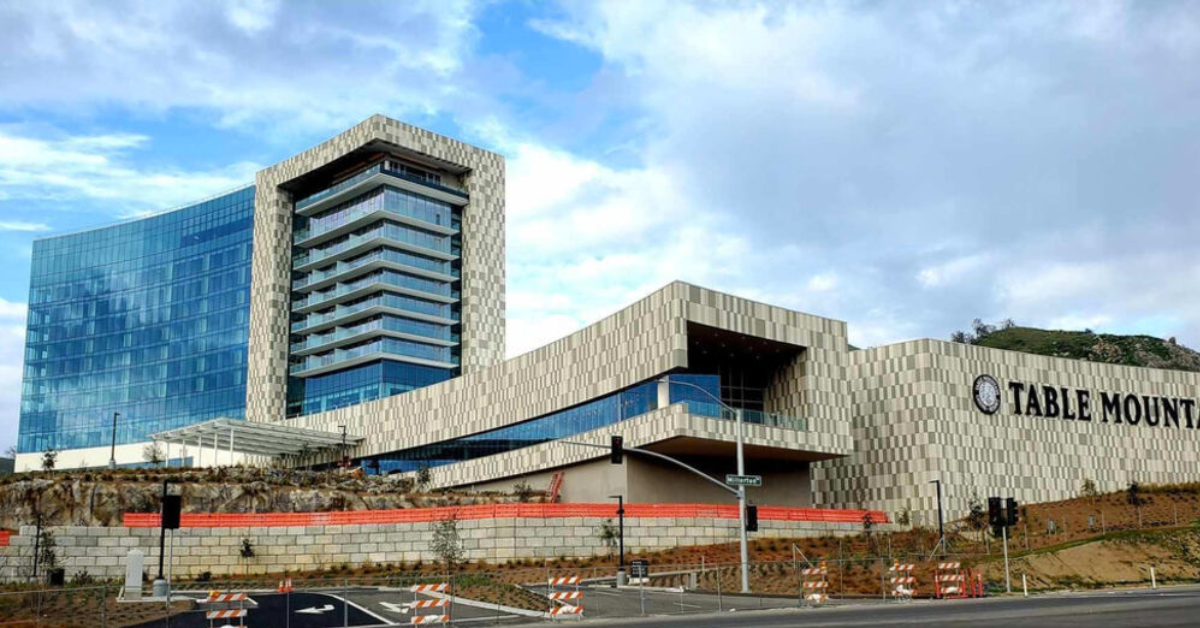Historic preservation in a roundabout way is inspiring more transparency at Fresno City Hall.
I’ll explain.
The City Council in July is expected to vote on a resolution that would put the Herndon Substation Control Building on the Local Register of Historic Resources. The two-story building was built in 1931 and is of the Art Deco architectural style.
PG&E, the owner, wants to raze the building. The company filed a demolition permit application earlier this year. That got the city’s historic preservation staff involved. A staff review of the building’s history was sent to the city’s Historic Preservation Commission in May.
The Commission is recommending to the council that the Herndon Substation Control Building be listed on the Local Register of Historic Resources. The substation was once a good-sized affair; all that remains is the control building.
Laura Van Onna, the city’s historic preservation specialist, says in her report to the council: “Staff has not yet received an official statement from the owner; however, because the Control Building was evaluated and is being put forward for consideration of Local Register listing as a result of a demolition permit application, it is inferred that the owner is not in favor of the designation.”
The commission’s recommendation originally went to the council on June 21, but the hearing was postponed for several weeks. Council Member Steve Brandau, whose District 2 includes the Control Building site, said PG&E needs more time to formally respond to the recommendation.
The council has plenty of background material to chew on, including a “Historical Resource Evaluation” prepared for PG&E in 2010 by Fresno-based Applied Earthworks Inc.
Yes, Applied Earthworks said, the Control Building is old, has some Art Deco characteristics and is associated with significant events in Valley history.
“However,” Applied Earthworks continued, “the two-story Art Deco-style building displays simple character-defining features commonly seen throughout Fresno County, is not associated with important individuals, and does not embody the distinctive characteristics of early 1930s Art Deco construction, nor represent the work of a master, nor possess high artistic values. Neither does it have potential to yield important new information not available from documentary sources.”
The Historic Preservation Commission disagrees. Van Onna in her report to the council presents this opposing view with eloquence.
“The Herndon Substation was built and completed in June 1931 specifically to interconnect the two electrical systems of the San Joaquin Light and Power Corporation and the Pacific Gas and Electric Company. A the time of its construction, this new electrical technology was critical to support the growing population and continued growth of agriculture in Fresno County and the rest of the San Joaquin Valley.
“All that remains of the 1931 Herndon Substation is the Control Building. While the Control Building is minimal in decoration, it embodies distinctive characteristics of the Art Deco architectural style with elements that include a flat roof, smooth wall surfaces, and vertical projections above the roofline that give a vertical emphasis as well as fixed sash and casement metal windows.
“It was also constructed at the height of the Art Deco movement, is the only Art Deco substation remnant in Fresno County, and is one of the few examples of the Art Deco style remaining in the City of Fresno. It is the purest example of the Art Deco style in Fresno compared to other properties listed in the Local Register for their Art Deco influences….”
One thing in particular caught my attention last month when I saw this issue on the Historic Preservation Commission agenda: The Control Building’s location. It’s at 7430 N. Weber Avenue. That’s north of the Herndon Town neighborhood and west of Riverside Golf Course in Northwest Fresno. The Control Building is in one of the most obscure parts of incorporated Fresno. The average Fresnan would have to be lost to end up there.
Does historic preservation count if there’s little reason for the public to ever come across the building? The City Council next month will let us know.
I had planned to attend the May 21 Historic Preservation Commission meeting, but a family matter intervened. This is where we come to my opening comment about transparency.
My plan was to listen to the audio recording of the commission meeting. I got hold of Van Onna, who said there would be no problem in getting a disk copy of the recording. All I had to do was file a state Public Records Act request.
I tactfully protested. The commission meeting was open to the public. In this Internet/digital age, I said, a member of the public shouldn’t have to go through the potentially lengthy process of a Public Records Act request just to review on audio tape the actions of public officials in an open meeting.
City Hall Communications Director Mark Standriff and the City Attorney’s Office came to my rescue in two ways.
First, the City Attorney’s Office delivered to me a disk copy of the meeting in short order.
Second, Standriff said City Hall would take steps to post audio recordings of future commission meetings on the city’s website.
Public transparency wins. Thank you, City Hall.








this is ridiculous! my guess is that approximately 99% of the current Fresno population doesn’t even know where this building is located without looking it up on google! and considering said location, the property has virtually no value or place on a list of the “Local Register of Historic Resources”. C’mon Commission! do something right for a change & save the taxpayers some $$$ for once! let PG&E do what they will (and I’m no fan of PG&E!)